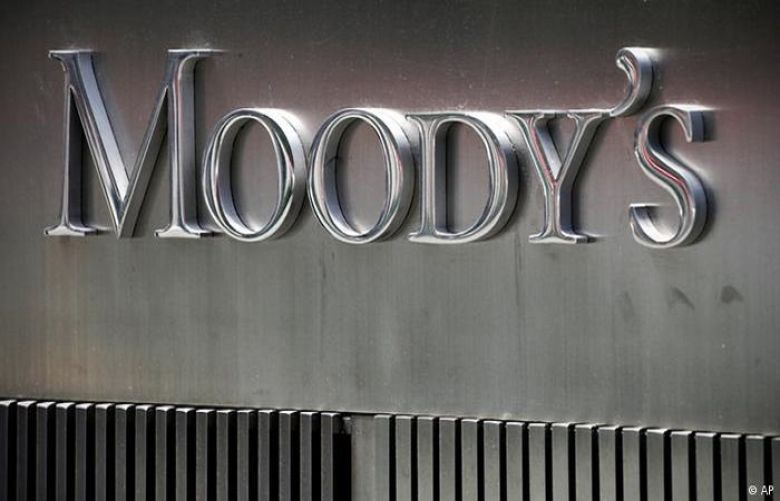Moody’s Investor Service cut Pakistan’s sovereign credit rating on Thursday by one notch to Caa1 from B3, citing increased government liquidity and external vulnerability risks, following the devastating floods that hit the country earlier this year.
The floods, caused by abnormal monsoon rains and glacial melt, have submerged huge swathes of the South Asian country and killed nearly 1,700 people, most of them women and children.
The floods will also raise Pakistan’s external financing needs, raising the risks of a balance of payments crisis, according to the rating agency.
Moody’s outlook on Pakistan remained unchanged at negative.
“The decision to downgrade the ratings to Caa1 is driven by increased government liquidity and external vulnerability risks and higher debt sustainability risks, in the aftermath of devastating floods that hit the country since June 2022. The floods have exacerbated Pakistan’s liquidity and external credit weaknesses and vastly increase social spending needs, while government revenue is severely hit,” it said in a statement.
It stated that “debt affordability and a long-standing credit weakness for Pakistan, will remain extremely weak for the foreseeable future”.
The Caa1 rating reflected Moody’s view that Pakistan would remain highly reliant on financing from multilateral partners and other official sector creditors to meet its debt payments, in the absence of access to market financing at affordable costs.
“In particular, Moody’s expects that Pakistan’s IMF Extended Fund Facility (EFF) program will remain in place and provide an avenue for financing from the IMF and other multilateral and bilateral partners in the near term.”
The rating agency explained that the negative outlook captured risks around the country’s ability to secure required financing to fully meet its needs in the next few years.
“Elevated social and political risks compound the government’s difficulty in implementing reforms, including revenue-raising measures, that would improve the country’s fiscal position and alleviate liquidity stresses.
“The floods will also raise Pakistan’s external financing needs, raising the risks of a balance of payments crisis. Pakistan’s weak institutions and governance strength add uncertainty around whether the country will maintain a credible policy path that supports further financing. The negative outlook also captures risks that, should a debt restructuring be needed, it may extend to private sector creditors,” the statement said.
Moody’s said the Caa1 rating also applied to the backed foreign currency senior unsecured ratings for The Third Pakistan International Sukuk Co Ltd and The Pakistan Global Sukuk Programme Co Ltd.
The associated payment obligations are, in Moody’s view, direct obligations of the Government of Pakistan, it added.
“Concurrent to today’s action, Moody’s has lowered Pakistan’s local and foreign currency country ceilings to B2 and Caa1 from B1 and B3, respectively.
“The two-notch gap between the local currency ceiling and sovereign rating is driven by the government’s relatively large footprint in the economy, weak institutions, and relatively high political and external vulnerability risk,” the statement said.
It also stated that the two-notch gap between the foreign currency ceiling and the local currency ceiling reflected the incomplete capital account convertibility and relatively weak policy effectiveness, which pointed to material transfer and convertibility risks notwithstanding moderate external debt.







